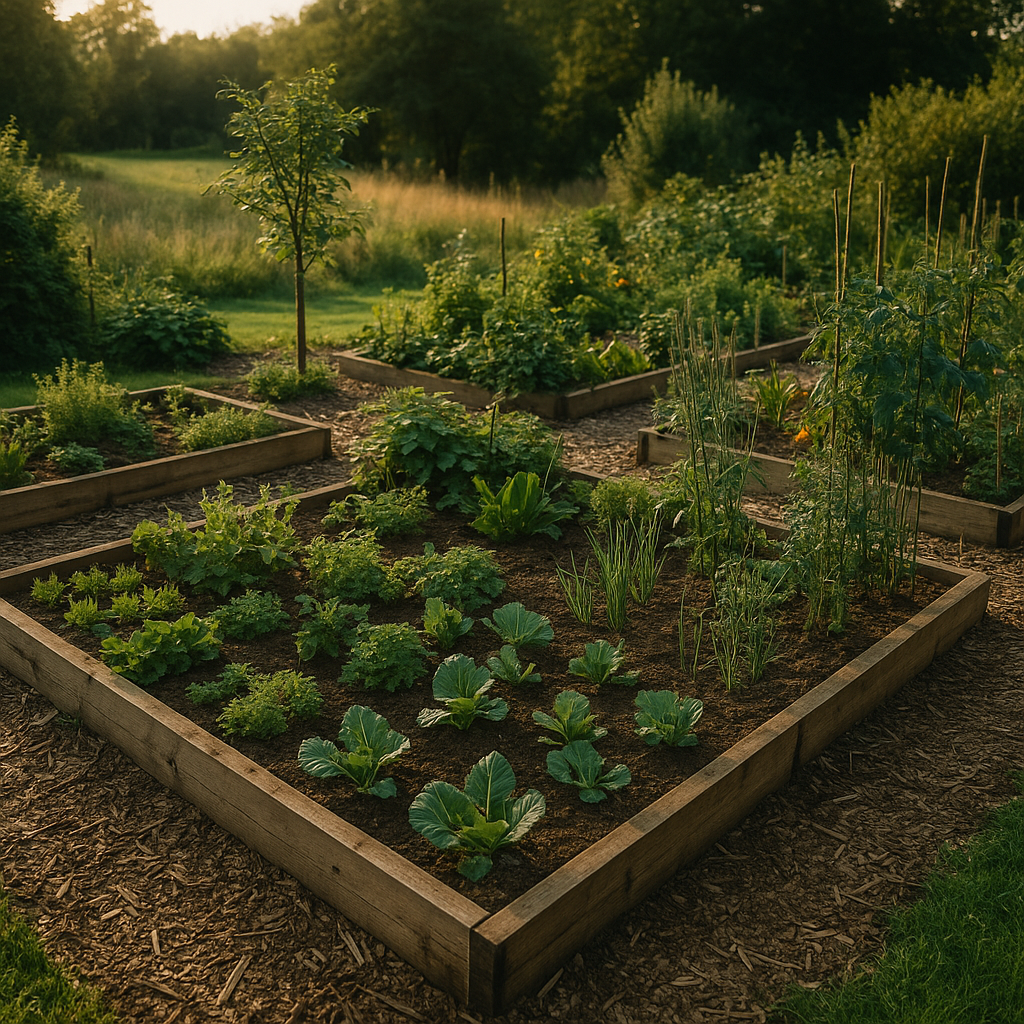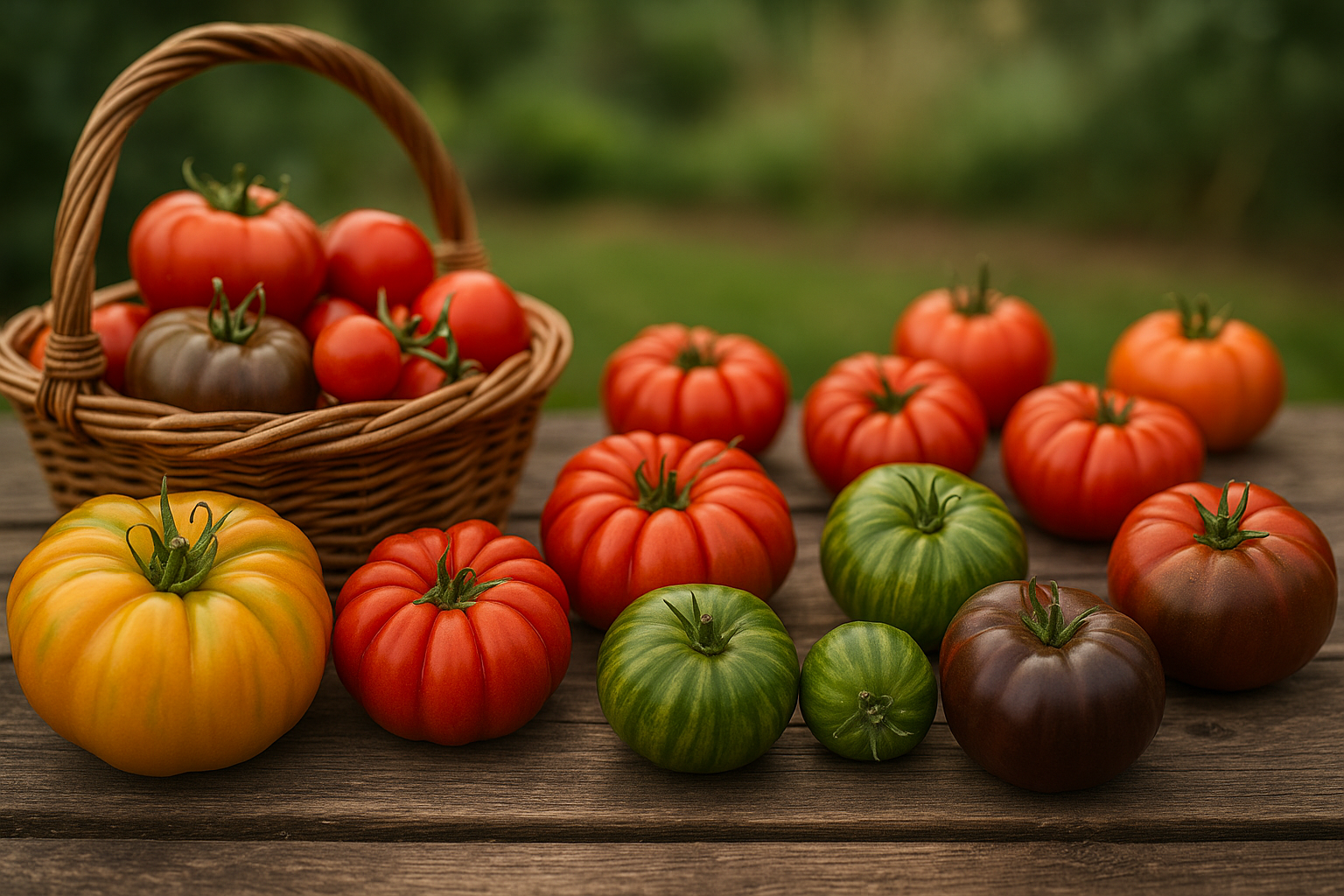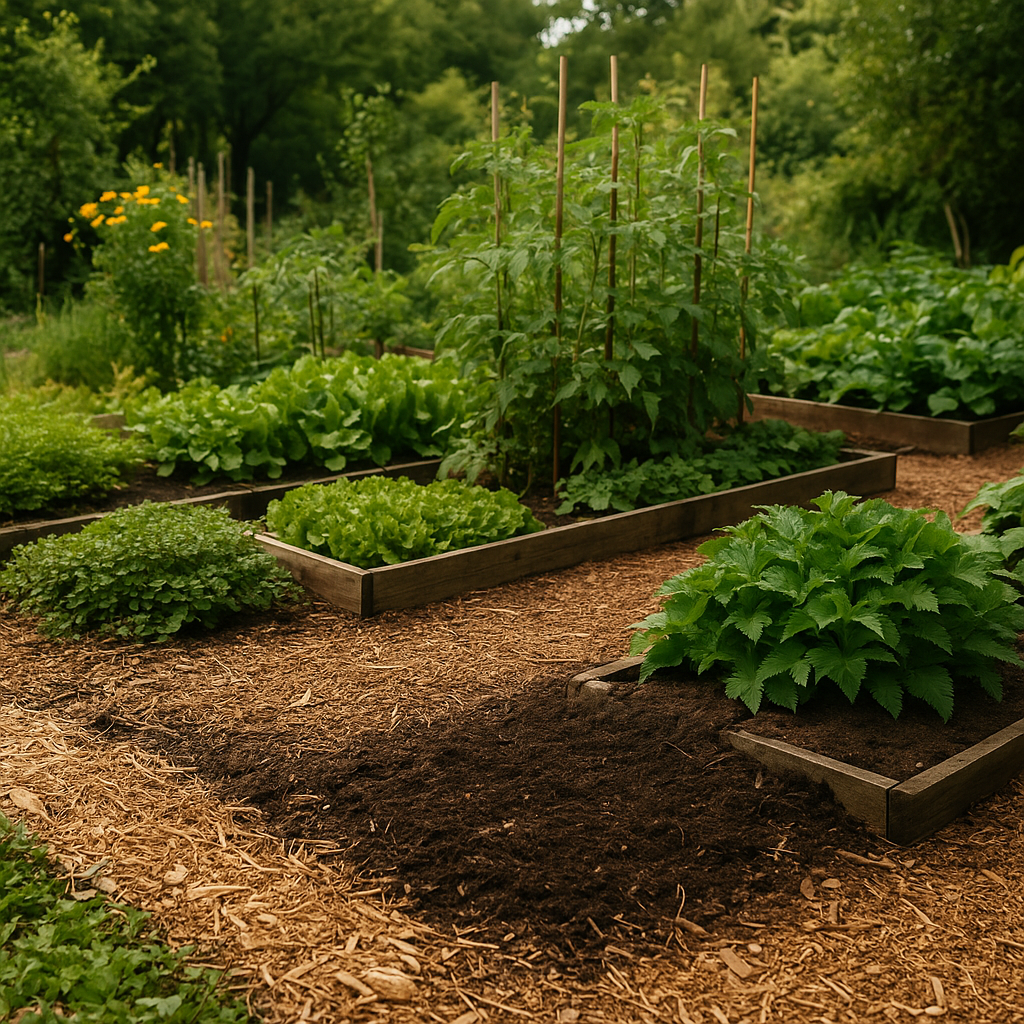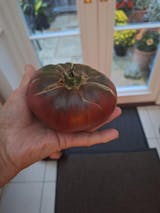What is a permaculture vegetable garden?
A permaculture vegetable garden is not just a garden without pesticides. It is a holistic approach inspired by nature to design a nourishing, resilient, and autonomous space. Here, the soil is alive, plants collaborate, waste becomes resources. The goal? To produce healthy vegetables while regenerating its ecosystem.
Accessible to everyone, even without a garden, permaculture is based on three ethical principles: care for the earth, care for people, and fairly share resources.
Key steps to create a permaculture vegetable garden
Observe and understand your environment
Before taking out the broadfork, start by observing. Where are the sunny areas? The shaded areas? Where does water accumulate? Which plants already grow naturally? These observations will help you place your crops in the right spot, promote local biodiversity, and limit your interventions.
Prepare the soil without disturbing it
Unlike traditional gardening, permaculture avoids tilling. We protect and nourish the soil instead of turning it over. Here is a simple method:
- Cover the existing grass with unprinted cardboard.
- Add several layers of organic matter: compost, manure, dead leaves.
- Finish with a thick mulch (straw, wood chips, dry clippings) to nourish the soil and limit evaporation.
This lasagna gardening principle recreates a living, aerated soil rich in microorganisms. It promotes underground life (worms, fungi, bacteria) and prepares fertile ground for your seeds.
Choose adapted and natural seeds
Choosing seeds is crucial. Forget F1 hybrid seeds, often sterile and poorly adapted to local diversity. In permaculture, we favor:
- Organic seeds, untreated and respectful of life.
- Reproducible seeds, which you can harvest, exchange, and reseed.
- Heirloom varieties for their hardiness, taste, and adaptation to local soils.
👉 Discover: our collection of organic vegetable seeds and heirloom vegetables.
Design an intelligent planting plan
Planning is at the heart of permaculture. The idea is to organize your garden so that it is productive, accessible, and energy-efficient. You can:
- Create mounds, U-shaped or spiral beds to maximize space.
- Classify zones according to their frequency of use: herbs near the house, less frequent crops on the periphery.
- Associate crops according to their cycle, size, and water needs.
A good design makes your garden more autonomous, ergonomic, and pleasant to live in.
Promote plant associations
Plants can protect, stimulate, or weaken each other. Companion planting is a pillar of permaculture:
- Tomatoes + basil: better growth, enhanced aroma.
- Carrots + leeks: cross protection against flies.
- Nasturtium + zucchinis: attracts aphids away from vegetables.
👉 See also: Companion planting tomatoes and basil: myth or reality?
Manage water and promote autonomy
Mulching naturally limits evaporation. But you can go further:
- Install a rainwater collector connected to your gutters.
- Use oyas for localized and economical watering.
- Plant according to lunar cycles and local climate.
A good permaculture garden can remain water-autonomous for much of the year.
Errors to avoid when starting
Here are classic pitfalls to avoid:
- Wanting to plant everything at once: start small, test, learn.
- Ignoring observation: every soil, every garden is different.
- Copying a model without adapting it: permaculture is context-based.
- Forgetting crop rotation: essential to avoid diseases.
Go further: resources and ideas to deepen
Once started, you will probably want to go further. Here are some leads:
- Special permaculture seed kits
- Sowing green manure: instructions
- Read “Permaculture in the garden” by Sepp Holzer or Damien Dekarz
Conclusion: cultivate differently, sustainably
Creating a permaculture vegetable garden means entering another way of gardening. A gentle, logical approach deeply connected to life. With living soil, carefully chosen seeds, attentive observation, and a bit of patience, you will create much more than a garden: a small nourishing... and resilient ecosystem.
🌱 To start well, explore our selection of organic seeds for a natural vegetable garden.





Leave a comment
This site is protected by hCaptcha and the hCaptcha Privacy Policy and Terms of Service apply.